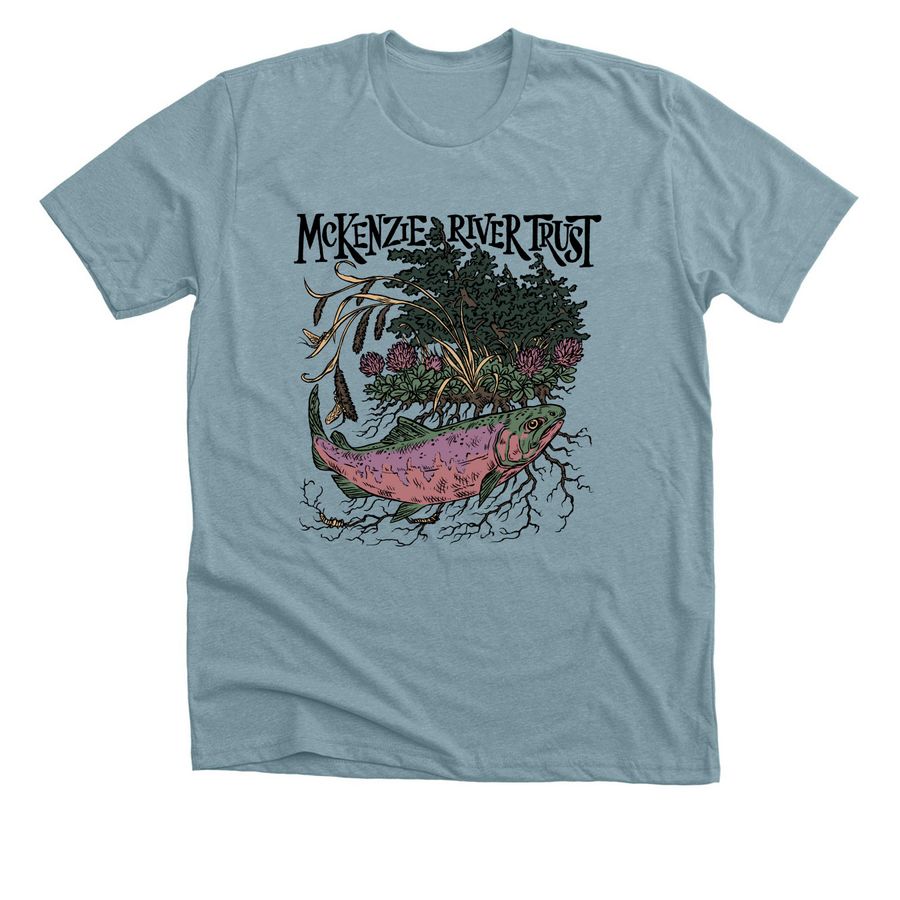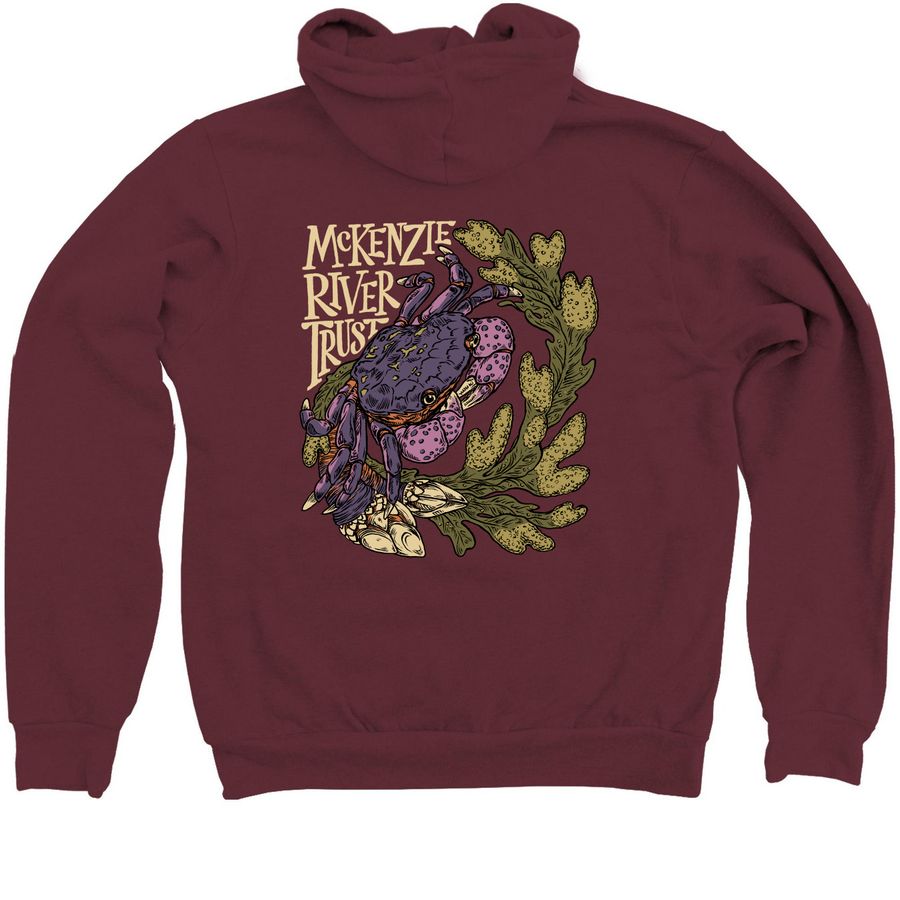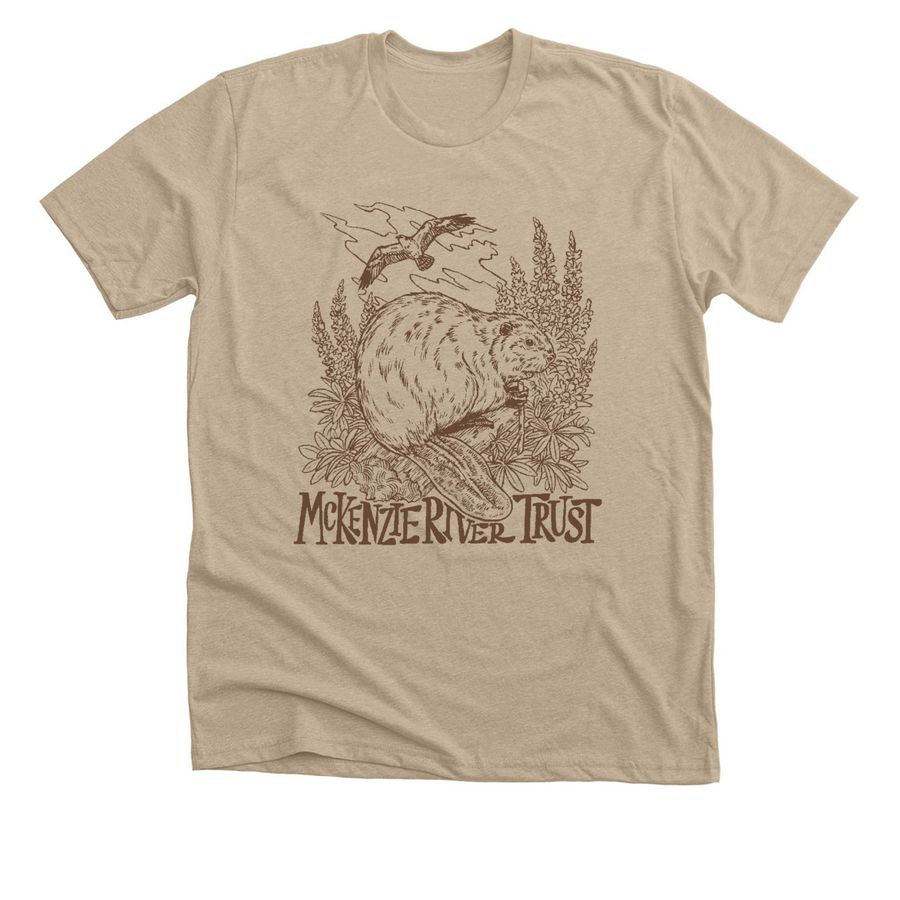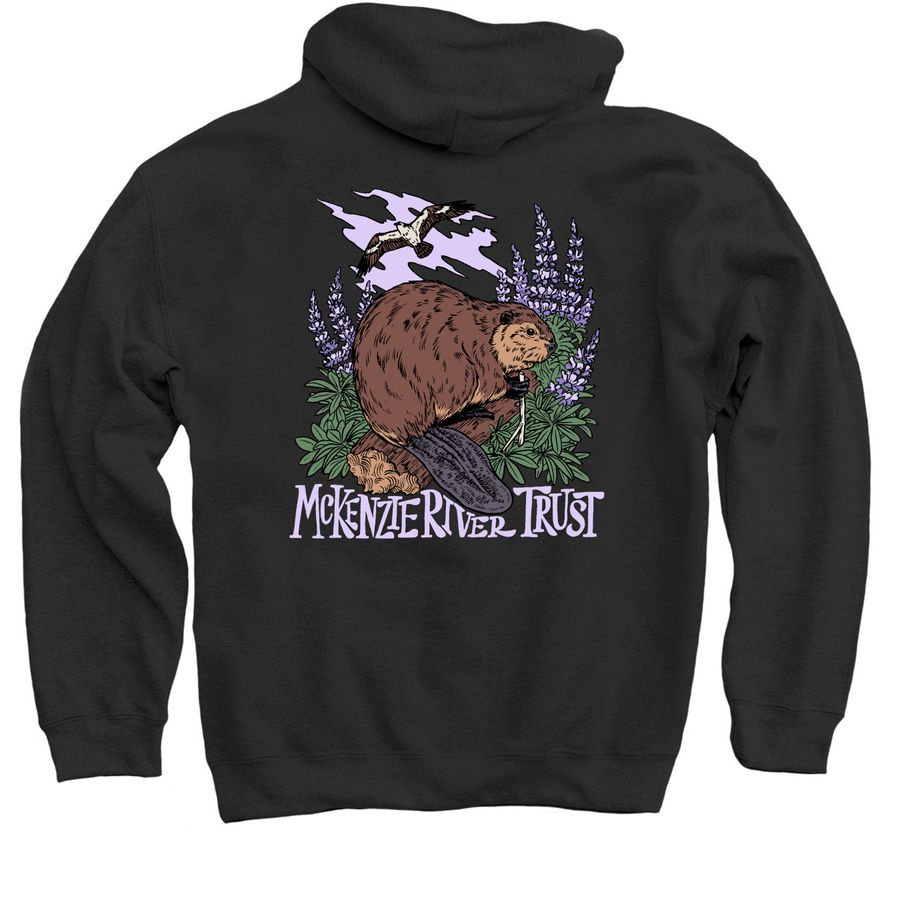Tim Fox
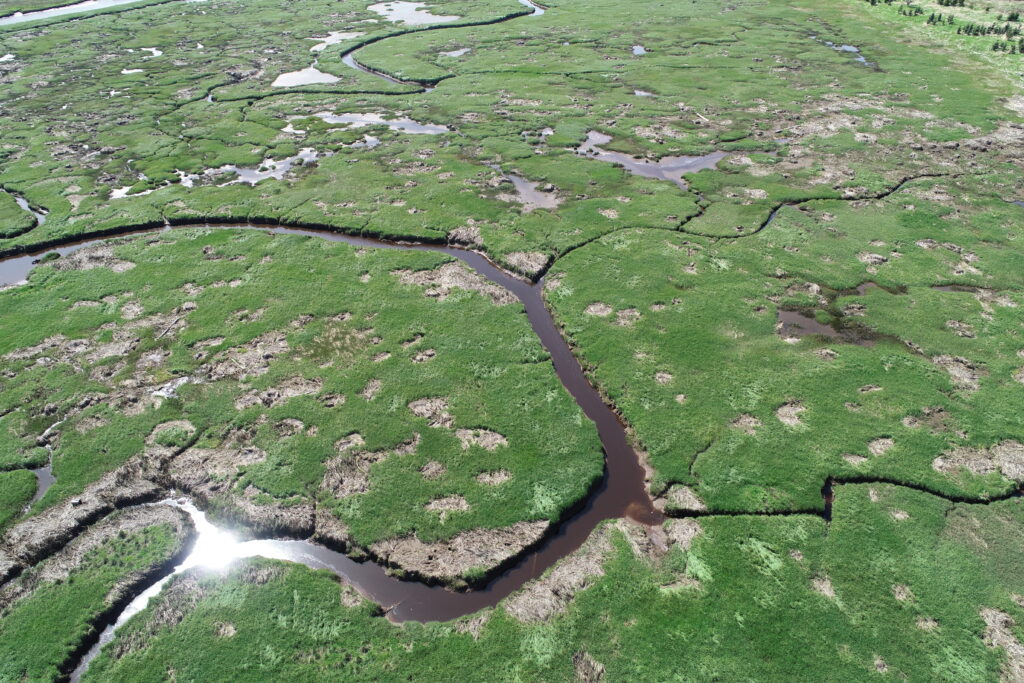
Carl Jung once made a prophecy… Americans, he said, will finally become Indians, natives of their place. If they don’t, they will die and their place will die.
Kim Stafford (Having Everything Right)
Outside the window, wet feathery Cascade Mountain snowflakes fall from an overcast January sky. Inside by the woodstove, a brittle stalk of dried stinging nettle (Urtica dioica) crackles as I split it lengthwise to peel out the inner pith; the first step in preparing the outer fibers for twining into cordage. This stalk is one of several dozen specimens gathered from a small, wild patch growing in a wetland not far from my house and has been drying since mid-September.
Here in the Pacific Northwest, stinging nettle is, like me, of European origin. Prior to its arrival, cordage of comparable quality was often derived from various species of dogbane (genus Apocynum) as well as fireweed (Chamaenerion augustifolium) and western red cedar (Thuja plicata).
Local field guides condemn stinging nettle as a highly invasive species capable of overwhelming the native flora. The conventional narrative frames the situation in terms of brutal competition, with beleaguered botanical old-timers falling before the onslaught of a horde of vascular Vikings.
Reputation notwithstanding, the nettle population in the local patch has not lived up to the analogy, but is intermingled with thriving native horsetail (Equisetum arvense), bracken fern (Pteridium aquilinum), and trailing blackberry (Rubus ursinus) as well as other non-native species such as Himalayan blackberry (Rubus armeniacus), St. John’s wort (Hypericum perforatum), and Scotch broom (Cytisus scoparius). These latter three rate high on the local eradication hit-list.
And when I consider landscape impact, I find it hard not to add myself to the list.
But as I sit slowly depithing the long, strong nettle fibers, reflecting on the meadow where they grow and the way their presence offers an opportunity to quite literally bind myself directly to this landscape, another option arises in my mind: By recognizing the wildness of the nettle rather than focusing on its place of evolutionary origin, I can accept its local authenticity. I can see it not as invasive, but as naturalized. The same acceptance for myself depends on acknowledging a kind of heritage traced not through chromosomal genealogies or Old-World culture, but through the land where I am, here and now. A new identity then becomes possible, a Cascadian identity, unique and original, but not without forebears.
After all, humans—members of my species—have prospered in the McKenzie River Valley, in the shadows of everything from receding glaciers to old growth forests, for at least eight millennia and likely much longer. Those humans are my predecessors in place. But rather than falsely recognize them as ancestors, a different conceptualization of kinship is required, a conceptualization derived from shared locale rather than shared blood. I call it landcestry.
Through the landcestral lens, I acknowledge place-based kinship ties to the people who preceded me in these mountains. And by simply living here, I am their landescendant. As such, I have a responsibility to honor this land, to be a good landcestor in my turn, just like everyone does in relation to wherever they are, even if, like me, they are a recent arrival.
To be clear, landcestry is not about attempting to adopt the same relationship with the land as those who came before. It’s not about coopting the cultural practices of others, or living in a past that no longer exists, or could even be restored. Climate change, mass extinction—both biological and cultural—and countless other recent and ongoing planetary upheavals have seen to that.
Landcestry is about recognizing how, despite millennia of increasingly rapid, profound, and in many cases irreversible socio-ecological violence, degradation, fragmentation, and displacement, there is a deeper continuity, even now, twining us all together. By drawing inspiration from this continuity, we stand a far better chance of finding ecologically sound and spiritually inclusive landscape relationships and practices appropriate to the places where we are in the present moment than we do if we continue to root our identities in bloodlines, traditions, and memories from far off elsewheres and long ago elsewhens.
In this light, Jung’s prophecy applies not just to Americans, but to everyone on Earth in relation to the places where they live. It even applies to many indigenous peoples. I had not considered this fact until Chickasaw author Linda Hogan pointed out in a conversation how many of the world’s contemporary indigenous peoples, whose ancestors were forcibly removed from their traditional homelands, prohibited from engaging in cultural practices – including the speaking of their native languages – and relocated hundreds if not thousands of miles away, might also benefit from the concept of landcestry.
As a linguistic tool for healing rifts between not only humans and the lands where we live, but between the descendants of myriad human cultures who must share these lands, landcestry seems ideally suited. It literally emphasizes our common ground rather than our differences. And when I think of all the bloody conflicts in the world being fought over land, I wonder how this concept might help bring resolution to many of them.
It has certainly helped resolve the struggle I have felt for so long; now, no matter where I am or how long I’ve been there, I feel more physically, conceptually, and spiritually connected and alive than before.
Making cordage from wild nettles growing in the western Oregon Cascades feels like a human way to catch hold of a long thin thread of belonging, a thread that has somehow crossed continents and remained unbroken for millennia. It binds me to this place.

